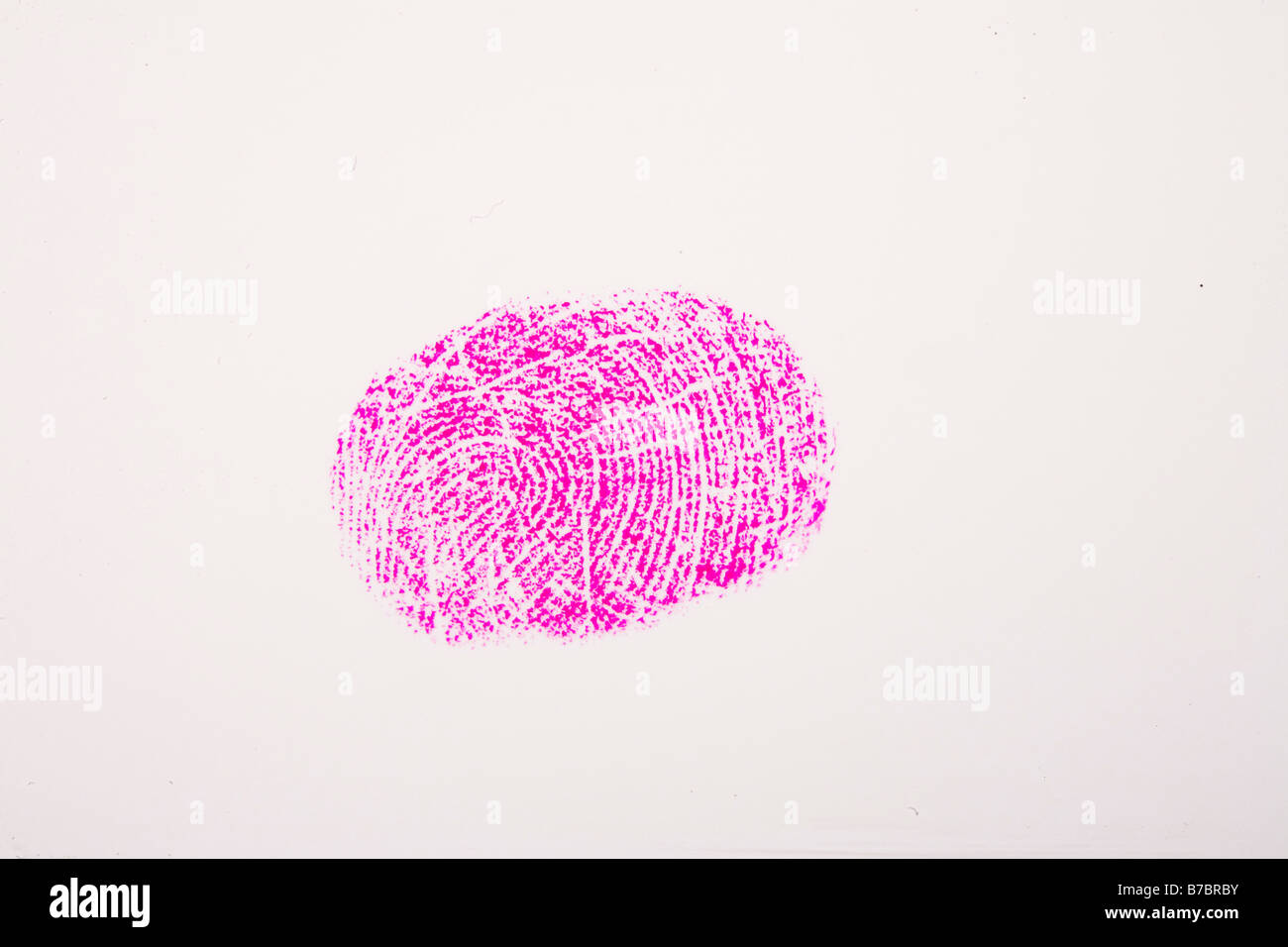

Other contaminants such as oils found in cosmetics, drugs and their metabolites and food residues may be found in fingerprint residues. Inorganic ions such as chloride, sodium, potassium and iron are also present. The organic component is made up of amino acids, proteins, glucose, lactase, urea, pyruvate, fatty acids and sterols. The composition of fingerprints consists of water (95%-99%), as well as organic and inorganic constituents. Fingerprint matching considers only the obvious features of a fingerprint. The matching of two fingerprints is among the most widely used and most reliable biometric techniques. Biologyįingerprints are impressions left on surfaces by the friction ridges on the finger of a human. Research has been conducted into whether experts can objectively focus on feature information in fingerprints without being misled by extraneous information, such as context. There are no uniform standards for point-counting methods, and academics have argued that the error rate in matching fingerprints has not been adequately studied and that fingerprint evidence has no secure statistical foundation. Their use as evidence has been challenged by academics, judges and the media.

They may be employed by police or other authorities to identify individuals who wish to conceal their identity, or to identify people who are incapacitated or deceased and thus unable to identify themselves, as in the aftermath of a natural disaster. Human fingerprints are detailed, nearly unique, difficult to alter, and durable over the life of an individual, making them suitable as long-term markers of human identity. Fingerprint records normally contain impressions from the pad on the last joint of fingers and thumbs, though fingerprint cards also typically record portions of lower joint areas of the fingers.
WHORL FINGERPRINT SKIN
Deliberate impressions of entire fingerprints can be obtained by ink or other substances transferred from the peaks of friction ridges on the skin to a smooth surface such as paper. Moisture and grease on a finger result in fingerprints on surfaces such as glass or metal. The recovery of partial fingerprints from a crime scene is an important method of forensic science. These genes may act independently or may show epistasis.A fingerprint is an impression left by the friction ridges of a human finger. Genes that have been proposed include: (1) a semidominant gene for whorls on the thumbs (one homozygote has whorls on both thumbs, the other has ulnar loops on both thumbs and the heterozygote usually has two ulnar loops or one ulnar loop and one whorl) (2) a semidominant gene for whorls on the ring fingers which acts like the gene for whorls on the thumbs (3) a dominant gene for arches on the thumbs and often on other fingers (4) one or more dominant genes for arches on the fingers (5) a dominant gene for whorls on all fingers except for an ulnar loop on the middle finger (6) a dominant gene for radial loops on the index fingers, frequently associated with an arch on the middle fingers and (7) a recessive gene for radial loops on the ring and little fingers. A genetic theory has been developed it assumes that the basic fingerprint pattern sequence is all ulnar loops and that a variety of genes cause deviations from this pattern sequence. Analysis of the fingerprints of 571 members of the Habbanite isolate suggest inherited patterns and pattern sequences.


 0 kommentar(er)
0 kommentar(er)
